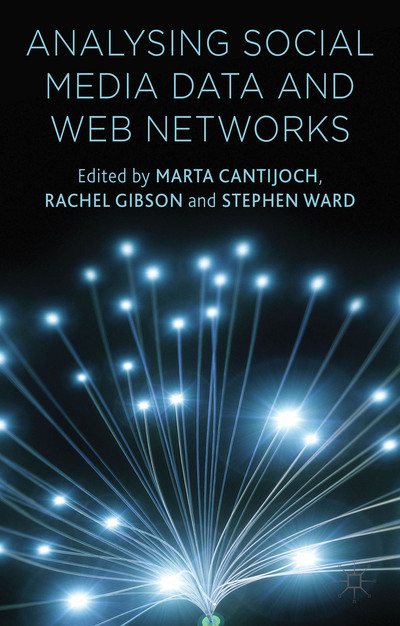Solar Energy By S P Sukhatme Pdf Editor

Linked References • “Horace de Saussure U.S. Department of Energy—Energy Efficiency and Renewable Energy,” “The History of Solar”,. Lampert, “Advanced optical materials for energy efficiency and solar conversion,” Solar and Wind Technology, vol. 347–379, 1987. Kaushika and M. Arulanantham, “Transmittance-absorptance product of solar glazing with transparent insulation materials,” Solar Energy Materials and Solar Cells, vol. 383–395, 1996.
Rose et al., “Glazing with very high solar transmittance,” Solar Energy, vol. 177–188, 1998. Maatouk, “Non-gray radiative and conductive heat transfer in single and double glazing solar collector glass covers,” International Journal of Thermal Sciences, vol. 579–585, 2006.
Khoukhi and S. Maruyama, “Theoretical approach of a flat-plate solar collector taking into account the absorption and emission within glass cover layer,” Solar Energy, vol. 787–794, 2006. NChanniwala, Distribution of Heat Losses in a Single Glazed Flat Plate Collector at Variable Wind velocity -An Experimental Simulation, vol. 5, World Academy of Science, Engineering and Technology, 2011.
Akhtar and S. Mullick, “Effect of absorption of solar radiation in glass-cover(s) on heat transfer coefficients in upward heat flow in single and double glazed flat-plate collectors,” International Journal of Heat and Mass Transfer, vol. 125–132, 2012.
Duffie and W. Chertezhnie ramki a3 visio software. Beckman, Solar Engineering of Thermal Processes – 2. Spavner dlya variant omega 2. Houghton ( Editor ), Handbook of Applied Meteorology, Wiley-Interscience, New York, 1985. Sukhatme, Solar Energy Principles of Thermal Collection. K) http://www.indiaenvironmentportal.org.in/files/srd-sec.pdf. Solar Energy: Principles of Thermal Collection and Storage. To ask other readers questions about Solar Energy, please sign up.
Madhukeshwara and E. Prakash, “An investigation on the performance characteristics of solar flat plate collector with different selective surface coatings,” International Journal of Energy and Environment, vol. 99–108, 2012.
Sukhatme, Solar Energy Principles of Thermal Collection and Storage, Tata McGraw-Hill, New York, NY, USA, 2nd edition, 1984. Abadi, “Optical properties,” in Material Properties, chapter 8,.
The solar photovoltaic thermal system (PVT) facilitates conversion of incoming solar radiations into heat and electricity simultaneously. The beam split photovoltaic thermal system (BSPVT) is one of the PVT systems. In this system, the incoming solar beam is splitted and used separately for PV and thermal system. The feasibility of water, silicone oil, and coconut oil as spectrum filter for C–Si solar photovoltaic system is reported in the literature recently. However, the changes in the optical behavior of the liquids due to extended exposure to sunlight (aging effect) had not been considered in most of the previous studies. The current study includes the methodology for the selection of liquids for BSPVT systems, estimation of external quantum efficiency (EQE) of a solar cell using liquids, and the aging effect on the liquid spectrum filters. The spectral response of the solar cell is analyzed using BENTHAM, (PVE 300) for 300–1100 nm.
In this study, it has been observed that the aging of silicone oil reduces the electrical performance of the solar cell. On the other hand, the aged coconut oil improves the electrical performance of the solar cell as compared to the fresh coconut oil spectrum filter. Copyright in the material you requested is held by the American Society of Mechanical Engineers (unless otherwise noted). This email ability is provided as a courtesy, and by using it you agree that you are requesting the material solely for personal, non-commercial use, and that it is subject to the American Society of Mechanical Engineers' Terms of Use. The information provided in order to email this topic will not be used to send unsolicited email, nor will it be furnished to third parties. Please refer to the American Society of Mechanical Engineers' Privacy Policy for further information.